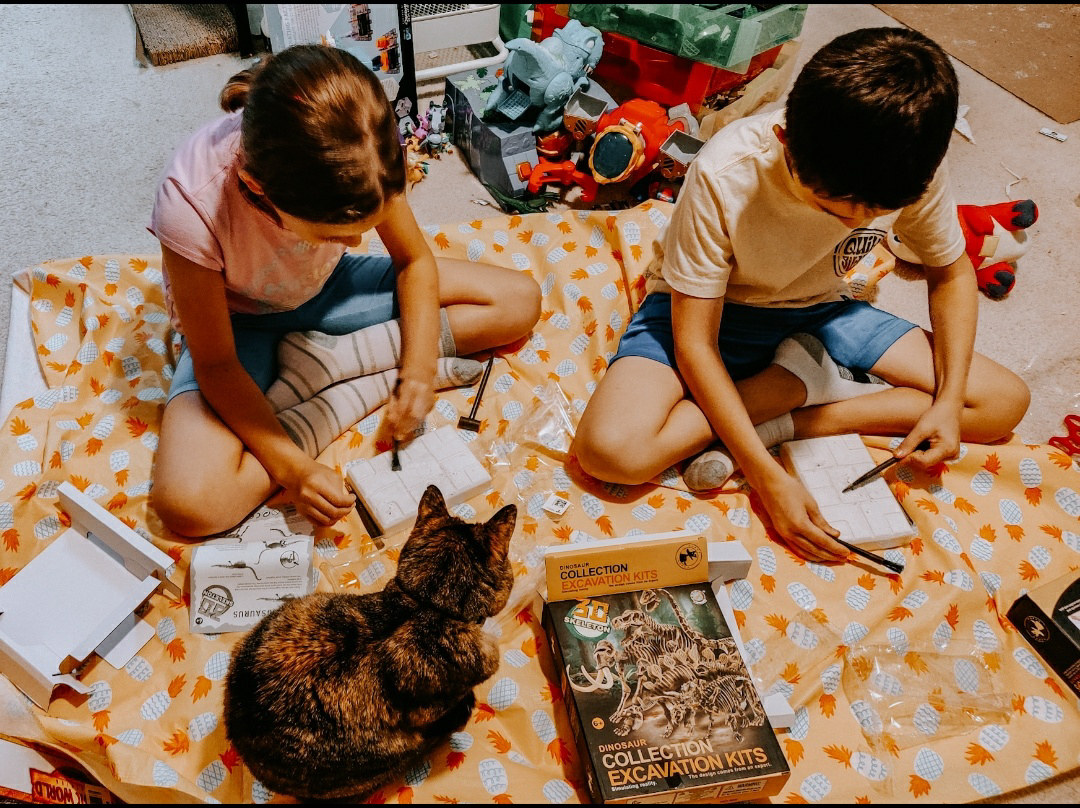Exploring the Mesozoic Era: Homeschooling Adventures with Dinosaur Excavation Kits

In a world where homeschooling has become the new norm, parents are constantly on the lookout for innovative ways to engage their children in educational activities. One such exciting avenue is exploring the age of dinosaurs through homeschooling and hands-on activities. Imagine transforming your living room into a prehistoric landscape, and your child into a budding paleontologist. With the help of dinosaur excavation kits, you can embark on a captivating educational journey that combines learning with play. **Unveiling the Mesozoic Era: A Homeschooling Adventure** The Mesozoic Era, spanning approximately 180 million years, is often referred to as the "Age of Dinosaurs." It's a period that ignites curiosity in children and adults alike, with its diverse range of dinosaur species, breathtaking landscapes, and extraordinary natural events. Homeschooling during this era provides a unique opportunity to transport your child back in time, fostering a deep understanding of Ear
